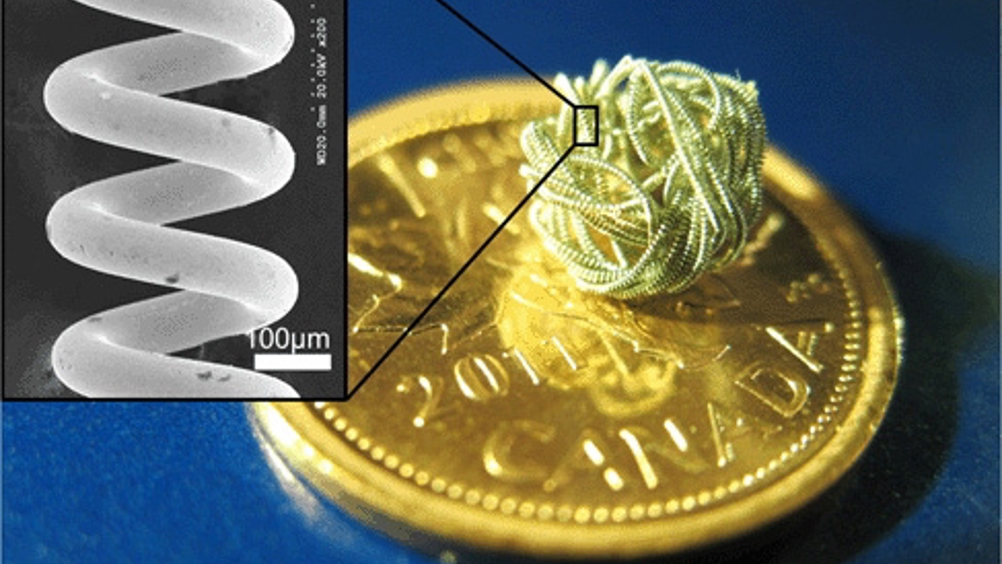Researchers monitor brain aneurysms without X-rays
University of British Columbia (UBC) researchers have developed technology for monitoring brain aneurysms.

It is claimed the method is potentially less invasive and more accurate than current methods, and is simple enough for patients to use at home for frequent monitoring.
According to UBC, brain aneurysms occur when the weak wall of an artery carrying blood to the brain begins to bulge and balloon out. If the artery ruptures the haemorrhage can lead to stroke, brain damage or death. To create a plug that will prevent blood flow to the weak area of the artery, surgeons typically insert an embolisation implant made of microscopic coils of platinum.
UBC researchers have now devised a monitoring technique that is said to be compatible with existing coil-implantation tools and procedures. In the study, the team proved that it is possible to use the platinum implant as an antenna to wirelessly detect blood levels and indicate implant failure. Their results will appear in a forthcoming issue of the journal Biosensors and Bioelectronics.
Register now to continue reading
Thanks for visiting The Engineer. You’ve now reached your monthly limit of news stories. Register for free to unlock unlimited access to all of our news coverage, as well as premium content including opinion, in-depth features and special reports.
Benefits of registering
-
In-depth insights and coverage of key emerging trends
-
Unrestricted access to special reports throughout the year
-
Daily technology news delivered straight to your inbox










Water Sector Talent Exodus Could Cripple The Sector
Well let´s do a little experiment. My last (10.4.25) half-yearly water/waste water bill from Severn Trent was £98.29. How much does not-for-profit Dŵr...